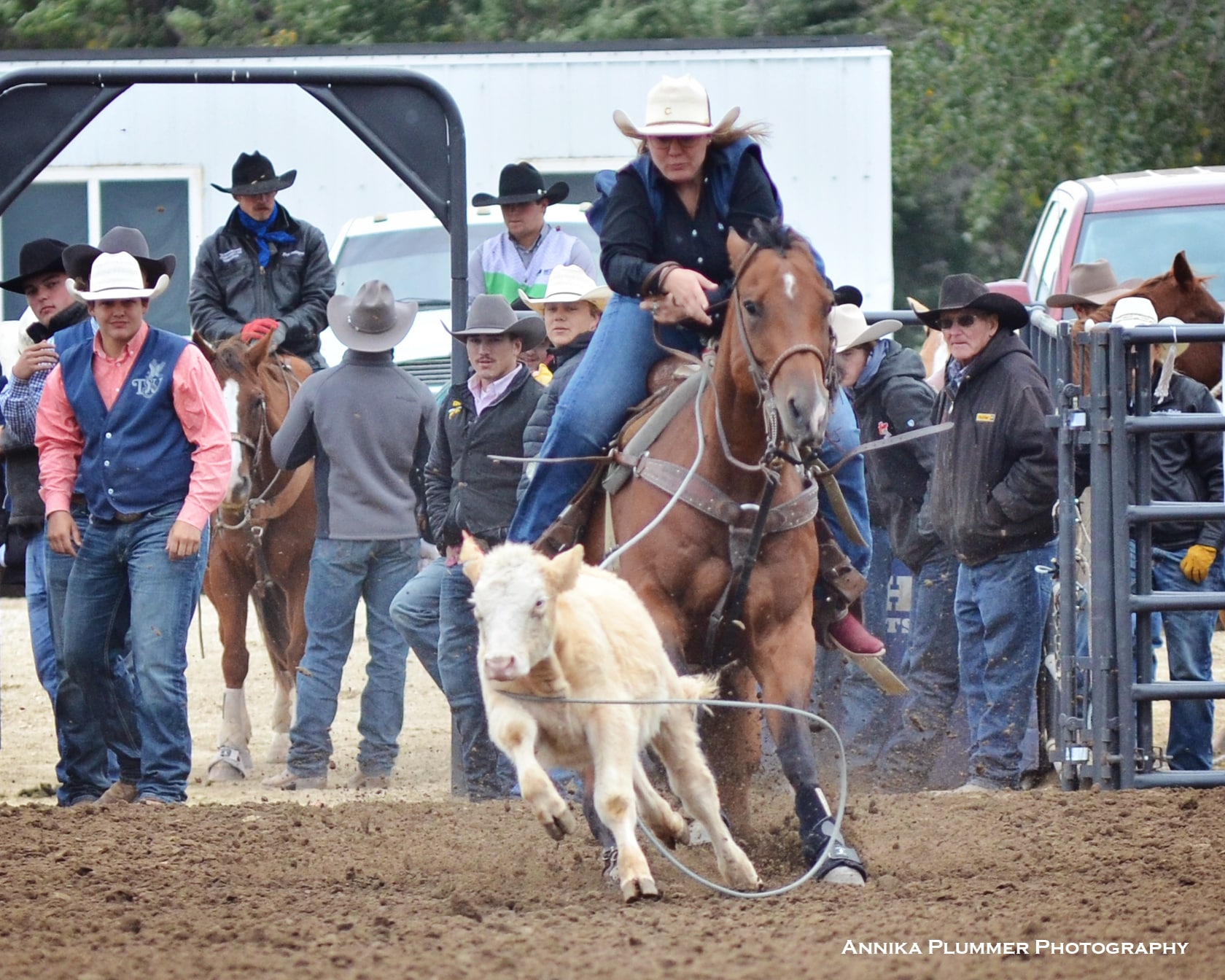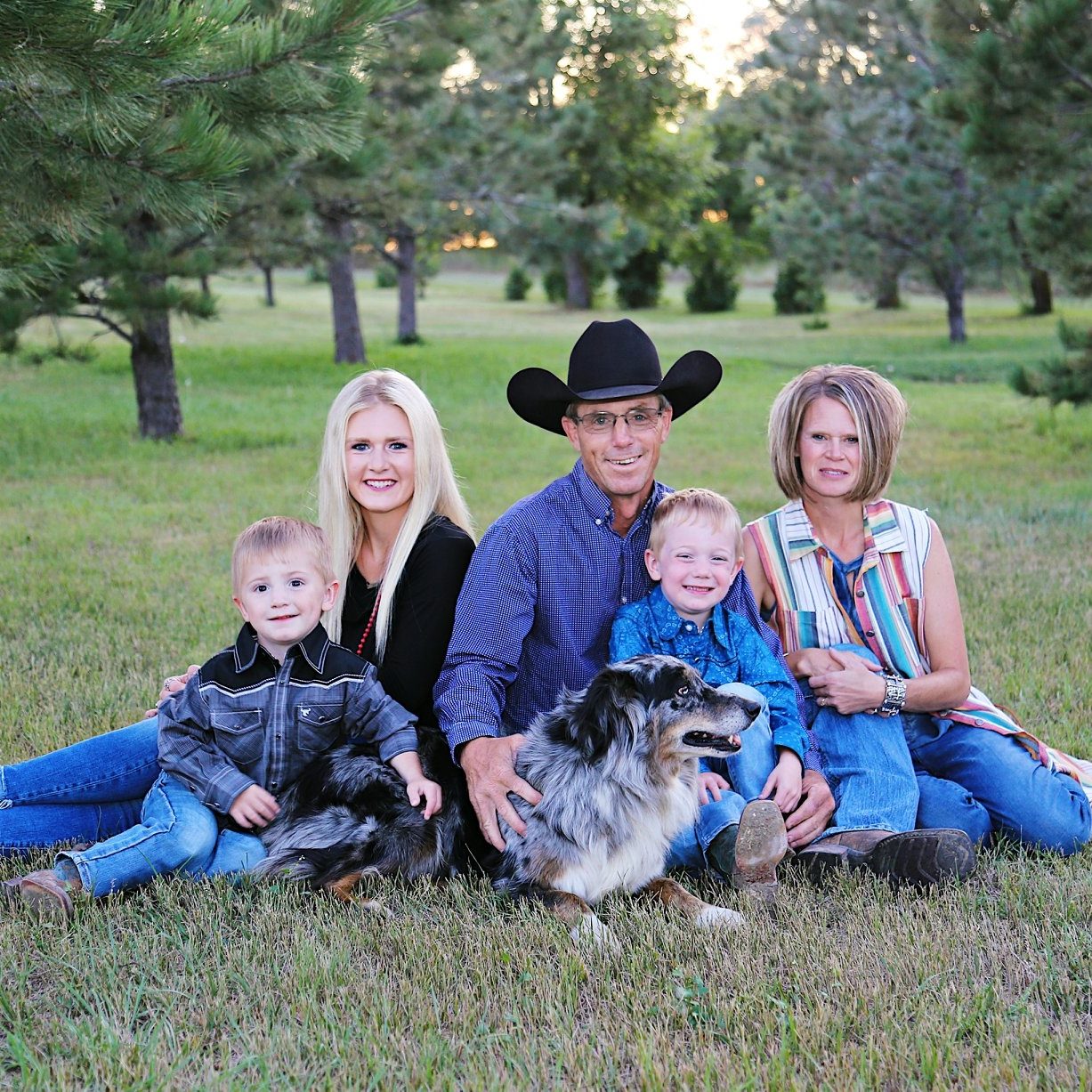College Rodeo Featuring Jade Boote

College rodeo, a challenging yet rewarding time in an athlete’s rodeo career. Leaving the high school world behind and stepping into the college scene is a game changer–in and out of the arena. Competition steps up a few notches and so does the students’ responsibility.
Grit and try run strong in the heart of a college rodeo athlete. A balancing act must be developed and fine-tuned daily, when striving for success as a student and an athlete. There is not one ‘cookie cutter fit’, so it’s up to the individual to blaze their own trail.
Jade Boote is making her trail shine and leaving a mark in the Great Plains College Region as the student director. I had the opportunity to catch up with Jade to learn more about the impact college rodeo can have on the student athlete.
What drew you to want to compete at the college level?
In high school, I played basketball and volleyball, but rodeo was always above them. I knew if I had the opportunity to rodeo in college, I would take it! I wanted to experience the competition and the opportunities offered through rodeo including receiving a scholarship to offset the cost of college. After touring a couple of different colleges, Dickinson was the perfect fit for me. The coaches, facility, and campus drew my attention right away.
Explain the atmosphere that college rodeos provide the athletes.
College rodeo is like no other with 280 college students traveling across multiple states, competing for different colleges—individually– and as a team. Amateur rodeos, you are competing for yourself, where college rodeo you have a team behind you and coaches pushing you to be the best you can. In the Great Plains Region, we are so fortunate to have amazing coaches and athletes. No matter the vest color, everyone wants the best for each athlete.
Do you feel competing at the college level sharpens your skill to take you to the next level? If so, why?
Yes, for sure. I have had the opportunity to practice year-round with access to cattle and indoor arena on campus. I also am competing against the next level of competitors and that has helped step up my game. I have also met people through college rodeo that have helped push me to be a better competitor.
Other than competing in an event, what other opportunities are available in the rodeo program for students to experience?
Being a part of a TEAM, in and out of the arena. Our team organizes and hosts several fundraising events to help cover travel money and purchase practice stock. The DSU Team hosts an NFR fantasy league, raffle tickets, sells Christmas trees, puts on jackpots and our ‘Cowboys and Candlelight’ fundraiser is held in February of every year.
Our Team also hosts a rodeo each fall, which is not a small undertaking. From securing sponsors, to ordering buckles, to lining up stock contractors all takes time and organization. It gives competitors an inside look at what goes into producing a well-run rodeo.
Explain the balancing act a student may experience if they choose to rodeo in college?
Being a college rodeo athlete is not for the faint of heart. Each day consists of class until about 2-3 in the afternoon then straight to practice until 7-8 at night. It takes a lot of self-discipline and hard work to stay up on school while rodeoing. Days are busy and weeks are short during the rodeo season. Leaving on Thursdays and getting home again late Sunday night just to regroup and do it all over the next week.
You learn to do homework while traveling in a pickup for 8+ hours and studying when you can. As we know, rodeoing is not cheap, so finding time to work a few hours a week sometimes can get tough to help pay for expenses.
What is your role in the region, and what have you learned from the experience?
I am currently in my third year as the student director for the Great Plains Region. As the student director, I am the voice for the membership. Athletes bring changes and concerns my way and I bring it forward to the coaches and faculty director for discussion.
I also work with event directors on issues that may arise and help find sponsors for CNFR qualifier awards. (Truthfully, my event directors are rock stars and do a great job finding sponsors).
Among other responsibilities, I showcase sponsors at rodeos and on social media and coordinate with host rodeo committees. I work closely with the secretary, coaches, and faculty director to make sure things are going smoothly. The student director also serves on the National Intercollegiate Rodeo Association board, attending meetings during the CNFR and the winter meeting held in Las Vegas during the NFR.
Being the student director has been a fantastic experience, and I would recommend it to anyone. The life lessons I have learned are priceless. From being on the budget committee, to discussing rule changes to producing a rodeo as large as the CNFR. Working with a board of 20+ people from different regions and states brings different perspectives to the table, which has given me a glimpse into the real world.
If a student was on the fence about rodeoing in college, what advice could you offer?
Relationships. The relationships you build are incredible. I have met some of my best friends through college rodeos and made connections with so many people in the rodeo industry. Without saying yes to college rodeoing, I would not have built these relationships. Not only from the Great Plains Region, but the many coaches and athletes from different regions from being on the NIRA board.
The relationships have been amazing, but competing for a team and working together to accomplish goals you have set is what it’s all about. Find a coach that is there for you during the highs and lows, and sign that recruitment letter–you won’t regret it.
Until next time, we look forward to highlighting college rodeo students from the region and those Dakotan’s who have ventured to other arenas across the country.

